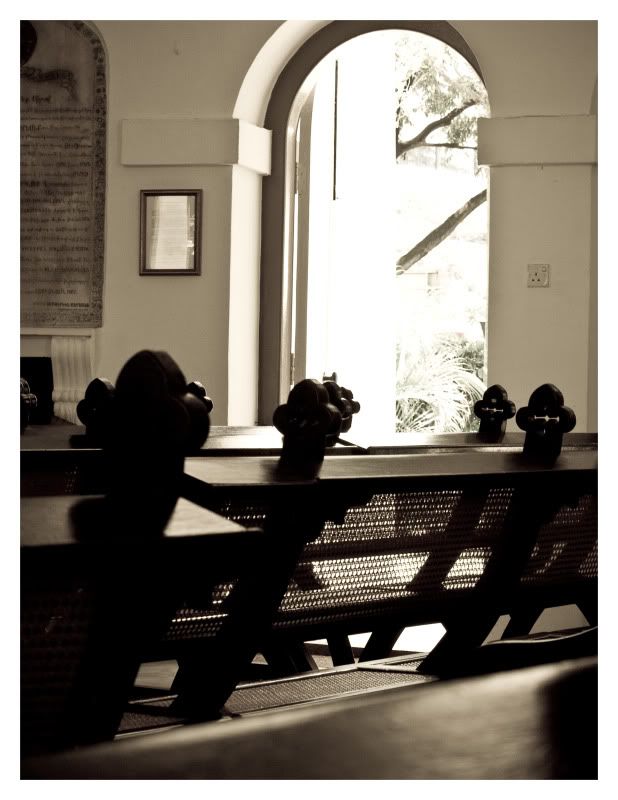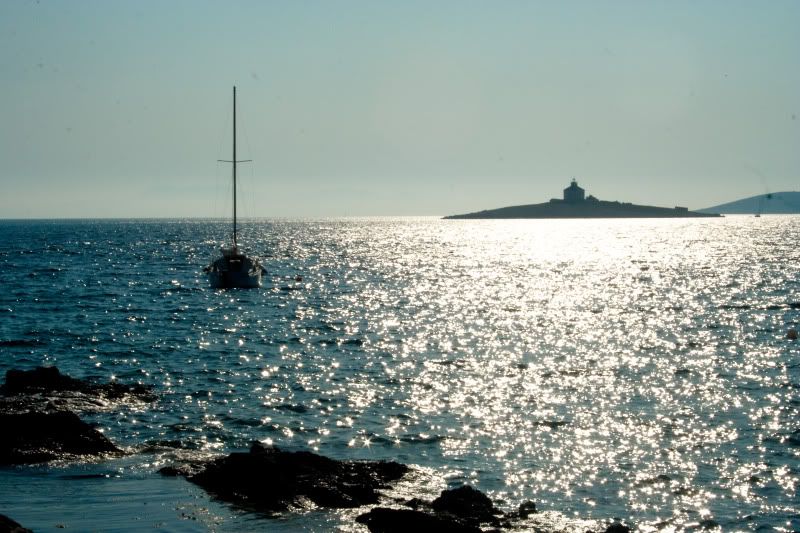 The Rann of Kutch - trying to capture the vastness of it!
The Rann of Kutch - trying to capture the vastness of it!
Calling it beautiful wouldn’t be right. The Rann doesn’t match the stark and harsh beauty of the deserts of Ladakh or the soft undulating curves that one imagines a picture perfect desert. But there was something about being in this dry, near barren, expansive, and literally ‘no-man’ land.
A friend reminded me of the story, 'Love Across the Salt Desert'. How could i have forgotten the love story set in the heart of this place. The author describes it beautifully... The monsoons had, so to speak, forgotten to land. The Rann lay like a paralysed monster, its back covered with scab and scar-tissue and dried blister-skin. The earth had cracked and it looked as if chunks of it had been baked in a kiln and then embedded in the soil-crust. Then one day the clouds rolled in like wineskins and the lightning crackled and the wineskins burst. Though two years have passed since the drought ended, everyone remembers that it first rained on the day when Fatimah entered the village. This is how she came...
 The Rann in perspective
The Rann in perspective
During monsoons, the Rann of Kutch is flooded with water, being at a very low-height to the sea. The Rann becomes accessible only in the drier seasons, and even then may be not entirely. The jeeps that venture inside could easily get stuck, as the dry top level hides beneath it soft and mushy clayey soil layers. There are no well defined roads or trails. Yes, there were jeep tracks from visits before us, but how our driver found his way through and how the other locals find their way to the salt pans was beyond our grasp. The desert is also broken by several salt pans were locals make salt from the ground. Coming back after watching the sunset, I kept asking our driver if he could find his way back.
 Getting directions from a local chakkada
Getting directions from a local chakkada
 The quintessential dirt driving jeef safari picture
The quintessential dirt driving jeef safari picture

Our visit was actually to the part of the desert known as the lesser Rann, which lays a little interior to the area called as the Rann. The Lesser Rann is home to the ‘Wild Ass’ also called Khar (ye ye, I see you laughing, and btw did you know that Jack Ass is also a variety?), the Nilgai Antelope and Chinkara deers. On our safari on the first evening we saw glorious herd of both the wild ass and Nilgai. We didn’t realize how nice our sightings were until the next day, when for quite a long time we saw only loners or pairs. The Rann is also famous for migrating flamingos, visitors from Siberia.
 A herd of Nilgai antelopes
A herd of Nilgai antelopes
 A herd of Wild Ass
A herd of Wild Ass
 Cranes taking flight
Cranes taking flight

 Inside the Armenian church
Inside the Armenian church  The Armenian church
The Armenian church  Another secluded beach in Hvar as I don't have photos of Mustacho
Another secluded beach in Hvar as I don't have photos of Mustacho  The house we stayed in, Kewzing
The house we stayed in, Kewzing